- Subscribe to RSS Feed
- Mark Topic as New
- Mark Topic as Read
- Float this Topic for Current User
- Bookmark
- Subscribe
- Mute
- Printer Friendly Page
Point drop
Is your credit card giving you the perks you want?
Browse credit cards from a variety of issuers to see if there's a better card for you.
- Mark as New
- Bookmark
- Subscribe
- Mute
- Subscribe to RSS Feed
- Permalink
- Report Inappropriate Content
Point drop
After my husband walked out and left me with the debt I worked hard to rebuild my credit. I literally had a 0 score and built it to 730. I am looking at buying a house. I used my credit card to buy tickets for that extra protection. The balance was on my card less than 2 weeks, I paif it off in FULL over a week before payment was due. Now my score dropped 56 points!!!! This radically changes my buying a house and will take over 6 months to get back up. For using my card once! Can I protest the point change? I literally was trying not to cry when I saw it. You get dinged if you use your credit but I have also gotten dinged for NOT using my credit. It feels like I can't win.
- Mark as New
- Bookmark
- Subscribe
- Mute
- Subscribe to RSS Feed
- Permalink
- Report Inappropriate Content
Re: Point drop
Is that an actual FICO score? Or is it from Credit Karma or similar
B&H Payboo Card $15,000 | Amazon Prime Card $10,000 | PC Richard Card $15,000 | Target RedCard $2,000 | Walmart Store Card $1,400 | Shell Gas Card $1,200 | Overstock Store Card $7,000 | Kohl's Store Card $3,000
Spring Cleaning:
C̶a̶p̶i̶t̶a̶l̶ ̶O̶n̶e̶ ̶Q̶u̶i̶c̶k̶S̶i̶l̶v̶e̶r̶ ̶$̶1̶,̶0̶0̶0̶ | C̶r̶e̶d̶i̶t̶ ̶O̶n̶e̶ ̶V̶i̶s̶a̶ ̶$̶1̶,̶2̶0̶0̶ | M̶e̶r̶r̶i̶c̶k̶ ̶B̶a̶n̶k̶ ̶$̶2̶,̶7̶0̶0̶ | M̶a̶r̶v̶e̶l̶ ̶M̶a̶s̶t̶e̶r̶c̶a̶r̶d̶ ̶$̶1̶,̶̶2̶0̶0̶ | C̶o̶m̶e̶n̶i̶t̶y̶ ̶M̶a̶s̶t̶e̶r̶C̶a̶r̶d̶ ̶$̶1̶,̶1̶8̶0̶
- Mark as New
- Bookmark
- Subscribe
- Mute
- Subscribe to RSS Feed
- Permalink
- Report Inappropriate Content
Re: Point drop
@Anonymous wrote:After my husband walked out and left me with the debt I worked hard to rebuild my credit. I literally had a 0 score and built it to 730. I am looking at buying a house. I used my credit card to buy tickets for that extra protection. The balance was on my card less than 2 weeks, I paif it off in FULL over a week before payment was due. Now my score dropped 56 points!!!! This radically changes my buying a house and will take over 6 months to get back up. For using my card once! Can I protest the point change? I literally was trying not to cry when I saw it. You get dinged if you use your credit but I have also gotten dinged for NOT using my credit. It feels like I can't win.
Don't worry, there's an easy fix. You just need to understand reporting dates and utilization.
A billing cycle is a month. Let's say your last billing cycle was from 9/28 to 10/27. All the charges you made during that period are what you owe for that billing cycle. But you don't have to pay it on 10/27. Instead, your bank will cut a statement on 10/27 (or close to), and send you the bill at least 21 days before it's due. In this case, let's say your due date is 11/17. So if you pay the bill by 11/17, you don't owe them any interest, and you get a successful payment on your record.
So that means everything's great, right?
Nope. Even though you're being responsible and paying off your debt before it's due, that can still tank your credit score. The problem is your utilization is reported to the credit bureaus on or around the date your billing cycle ended (10/27, give or take). (That's usually correct, but there are a couple banks that report on different dates). So whatever balance you were carrying on 10/27 is what is gets reported to the bureaus. And if that balance is a high percentage of the credit limit of that card (say over 50%), then your score will drop quite a bit.
The fix is to pay down your credit card before the end of the billing cycle. Before the statement is cut. To continue the example, if you have charges that amount to 60% of your available credit, then submit a payment at least 5 days before the end of your billing cycle (10/22, for instance), which is large enough to bring the total down to under 10% of your credit limit. (Or to 0% -- for the best credit score, you want all your credit cards to show a 0% balance, except one which has a balance of 9% or less. Search for "AZEO".)
The other good news is utilization has no memory. So just do that next month, and your score should bounce back.
- Mark as New
- Bookmark
- Subscribe
- Mute
- Subscribe to RSS Feed
- Permalink
- Report Inappropriate Content
Re: Point drop
Yes it is my actual score according to Experian. It claims it is because my utilization went up from 3% to 7%.
- Mark as New
- Bookmark
- Subscribe
- Mute
- Subscribe to RSS Feed
- Permalink
- Report Inappropriate Content
Re: Point drop
So you think I will get 56 points back in 1 month? My overall utilization was only at 7%.
- Mark as New
- Bookmark
- Subscribe
- Mute
- Subscribe to RSS Feed
- Permalink
- Report Inappropriate Content
Re: Point drop
56 points seems like a large drop for a utilization increase from 3% - 7%. Is this a) a new card and b) your only card?
I'm trying to figure out if that utilization is just for one card or is your aggregate utilization on all cards (dividing the total of your reported balances by the total of your limits)? If that one card reported as new and/or maxed out, that might be the reason.
- Mark as New
- Bookmark
- Subscribe
- Mute
- Subscribe to RSS Feed
- Permalink
- Report Inappropriate Content
Re: Point drop
No new cards or credit checks. That is overall utilization but I only have 2 cards. No other changes whatever I double checked. Not a new card it is over a year old.
- Mark as New
- Bookmark
- Subscribe
- Mute
- Subscribe to RSS Feed
- Permalink
- Report Inappropriate Content
Re: Point drop
If you're on a young/thin scorecard there might be a utilization threshold at 5%, but it shouldn't have that big an effect. It might be something that doesn't trigger an alert. What was the utilization on that particular card? DId something beneficial fall off your report, like an old installment loan or a card you closed 10 years ago? Did the date of something bad get updated? Did you look through all your reports (annualcreditreport.com), or just the summaries? You might want to check your scores from all 3 bureaus, say using the totalcreditcheck $1 trial. If there's a big discrepancy, you can look at those reports and see what's different.
- Mark as New
- Bookmark
- Subscribe
- Mute
- Subscribe to RSS Feed
- Permalink
- Report Inappropriate Content
Re: Point drop
@Anonymous wrote:Yes it is my actual score according to Experian. It claims it is because my utilization went up from 3% to 7%.
That's not correct. Experian does not tell you the reason for a score change. And an increase from 3% aggregate utilization to 7% utilization would never cause a 56 point drop in any FICO scoring model. It would cause no change, or a couple of points.
We would need to know much more detail about your account, and about what changes occurred, and know where and how you're getting your scores, and which scoring models you're talking about, before helping you figure it out.
And if you want to know what your mortgage scores are, you need to pull a 3-bureau report from MyFICO.

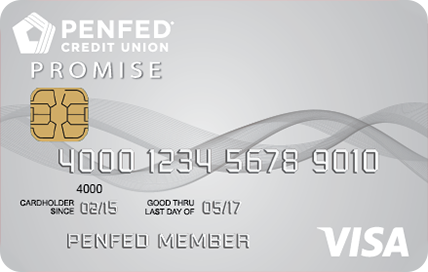

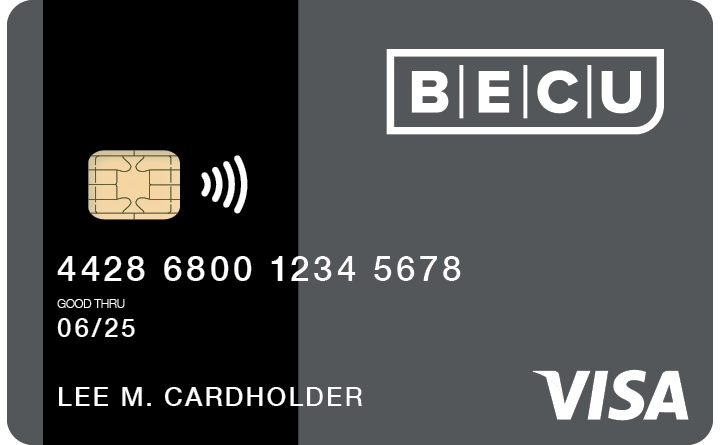
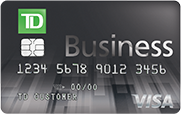


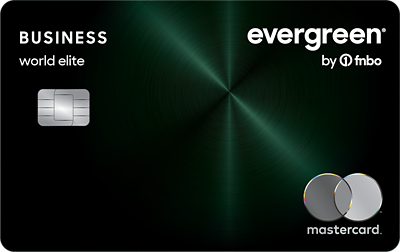



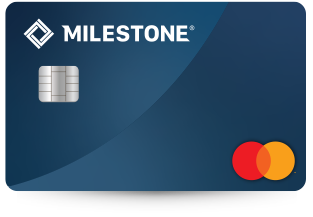
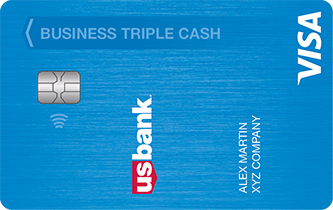

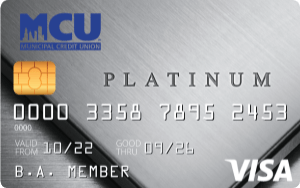
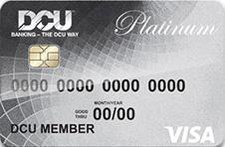

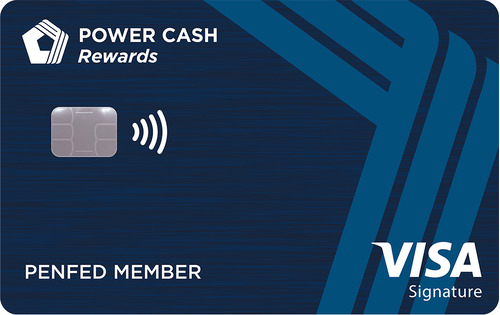
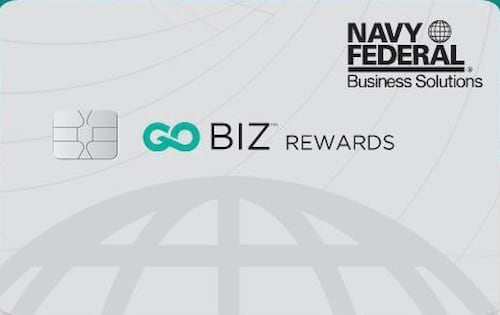

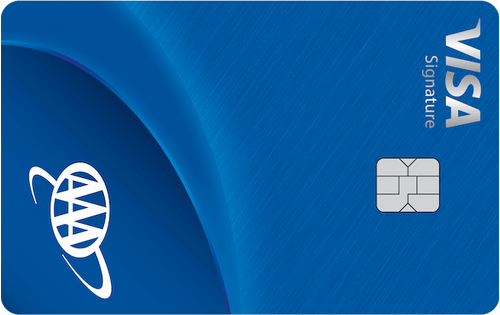

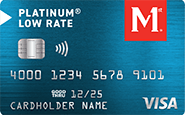
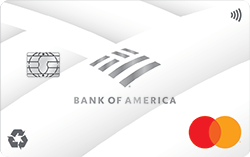


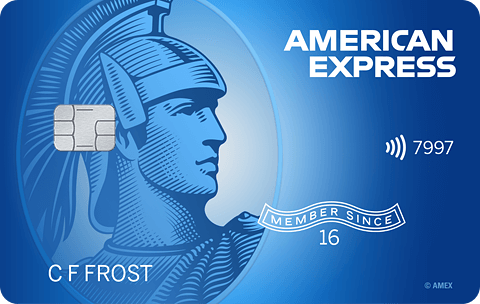




Total revolving limits 569520 (505320 reporting) FICO 8: EQ 689 TU 684 EX 682
- Mark as New
- Bookmark
- Subscribe
- Mute
- Subscribe to RSS Feed
- Permalink
- Report Inappropriate Content
Re: Point drop
My experiences have been similar. While I don't really have a "thin file," (have 17 - 21 accounts reporting) I do have a young one (AAoA less than 5 years).
When I assiduously tried the experiment -- paying all cards and accounts down to 0, my FICO 8 was dinged between 22 - 27 points. Tried this a few times, always the same result. All tested with Experian (I assume the other bureau's scores would behave similarly, as well). WIthout any active accounts reporting (in other words, by being extremely financially responsible), FICO's algorithms have no data to work with, so they penalize you. Also, the obvious subtext is that FICO works for lenders, not the public; their interests clearly do not align with consumers. This whole crazy system exists to both mitigate risk for lenders as well as simultaneoiuly encourage use of credit, hence the apparently contradictory behaviors of their algorithms. You're damned if you do and damned if you don't -- and the credit bureaus are laughing "all the way to the bank," making money "hand over fist" and making many of our lives miserable in the process.
When (during COVID's peak), my utilization on a single card approached 50%, with total utilization still below 9%, I was dinged around 32 points -- which remained until I paid that card back down to below 9%. What's the use of having credit if you can't use it -- this, I suspect, may be one of the reasons many of us on this site chase more and more credit cards and higher limits. I can't imagine ever approaching my total revolving credit limit of more than $100K, but at least if I need to use a little bit (less than 9%), it wouldn't kill me. Probably I should shoot for $200K, to be safe.... the insanity of this is obvious, the stress totally unnecessary. We all have more important issues to deal with in our lies than how to satisfy these &^%#^ algorithms and systems! I remember when loans and credit were extended by human beings, who considered the character and needs of their customers in making lending decisions, as well balancing the safetly concerns of their institutions. Not a perfect system, with opportunities for abuse, redlining and other disciminatory practices -- but there was some value in the direct relationship. The flip side, of course, is that this technology has enabled broader scale and reach for lenders and more access, overall , overall not a terrible result. Balancing the benefits and impacts of today's technologies is certainly an au courant topic.....
So, net, net -- I my experiences confirm what all the other posters are reporting and reccomending. With a limited number of cards reporting in your file, the impact of high single-card utilization, as you described, would be magnified.
Other sources on this site rather consistently mention that the ideal total utilization is not 0% but actually 1%, with one or preferably a few accounts reporting. This appears to be true for both total utilization and each account -- although many posters indicate that not more than either 6% or 9% utilization on a single account might be OK as well.
On the up-side, once you make payments to bring this account back down below these thresholds, your FICO should bounce back the next time the issuer reports, as noted by other posters. You'll recover quickly from this hit.
Best of luck!